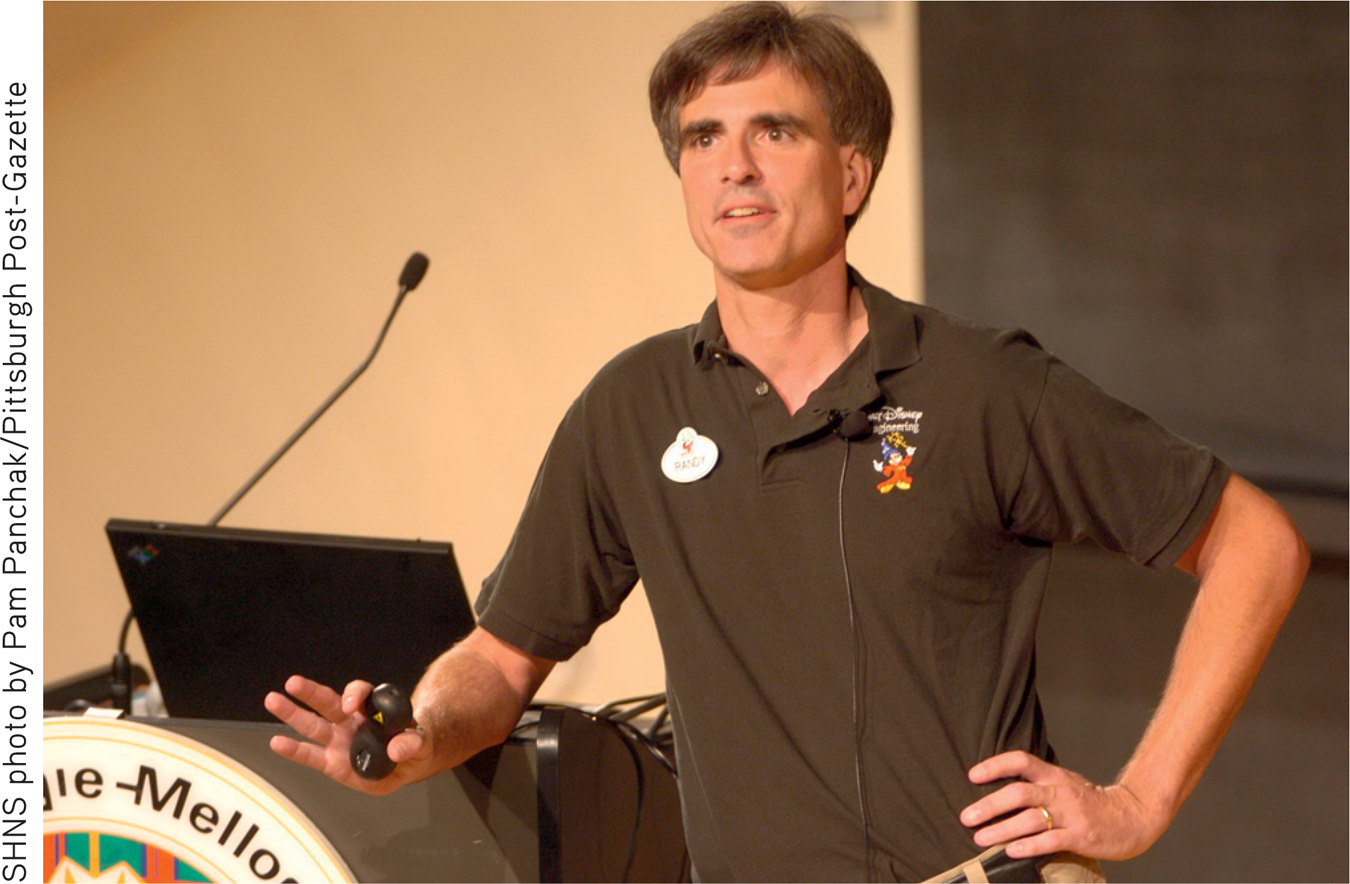9.8 The Final Chapter
DYING AND DEATH
KEY THEME
Attitudes toward dying and death are as diverse in late adulthood as they are throughout the lifespan.
KEY QUESTIONS
How did Kübler-Ross describe the stages of dying?
What are some individual variations in attitudes toward death and dying?

It is tempting to view death as the special province of the very old. Of course, death can occur at any point during the lifespan. It’s also tempting to assume that older adults have come to a special understanding about death—that they view the prospect of dying with wisdom and serenity. In reality, attitudes toward death in old age show the same diversity that is reflected in other aspects of adult development. Not all older adults are accepting of death, even when poor health has severely restricted their activities (Jun & others, 2010).
As psychologist Robert Kastenbaum (1992) wrote, “Everyone lives in relationship to death at every point in the lifespan.” In other words, long before encountering old age, each individual has a personal history of thinking about death. Some people are obsessed with issues of life and death from adolescence or early adulthood onward, while others, even in advanced old age, take more of a one-day-at-a-time approach to living. And, feelings about and attitudes toward death are also influenced by cultural, philosophical, and religious beliefs (Gire, 2011; Rosenblatt, 2007).
In general, worries about death tend to peak in middle adulthood, then decrease in late adulthood (Neimeyer & others, 2004; Russac & others, 2007). At any age, people respond with a wide variety of emotions when faced with the prospect of imminent death, such as when they are diagnosed with a terminal illness.
MYTH  SCIENCE
SCIENCE
Is it true that dying people go through five predictable stages—denial, anger, bargaining, depression, and acceptance?
The scientific study of death and dying owes much to pioneering psychiatrist Elisabeth Kübler-Ross (1926–
Although Kübler-Ross’s research did much to sensitize the public and the medical community to the emotional experience of dying, it now seems clear that dying individuals do not necessarily progress through the predictable sequence of stages that she described (Kastenbaum, 2000, 2005).
Rather, dying is as individual a process as living. People cope with the prospect of dying much as they have coped with other stresses in their lives. Faced with impending death, some older adults react with passive resignation, others with bitterness and anger. Some people plunge into activity and focus their attention on external matters, such as making funeral arrangements, disposing of their property, or arranging for the care of other family members. And others turn inward, searching for the meaning of their life’s story as the close of the final chapter draws near (Kastenbaum, 2000).
But even in dying, our life story doesn’t just end. Each of us leaves behind a legacy of memories in the minds of those who survive us. As we live each day, we are building our legacy through our words, our actions, and the many choices we make along the way.
Each of us began life being completely dependent on others for our survival. Over the course of our lifespan, others come to depend on us. It is those people whose lives we have touched in some way, whether for good or for ill, who will remember us. In this sense, the final chapter of our lives will be written not by us, but by those whose life stories have intersected with our own.
Closing Thoughts
Traditionally, development in childhood has received the most attention from developmental psychologists. Yet, as we have emphasized throughout this chapter, development is a lifelong process.
Throughout this chapter, you’ve seen that every life is a unique combination of universal and individualized patterns of development. Although some aspects of development unfold in a predictable fashion, every life story, including yours, is influenced by unexpected events and plot twists. Despite predictable changes, the wonderful thing about the developmental process is that you never really know what the next chapter of your life story may hold.